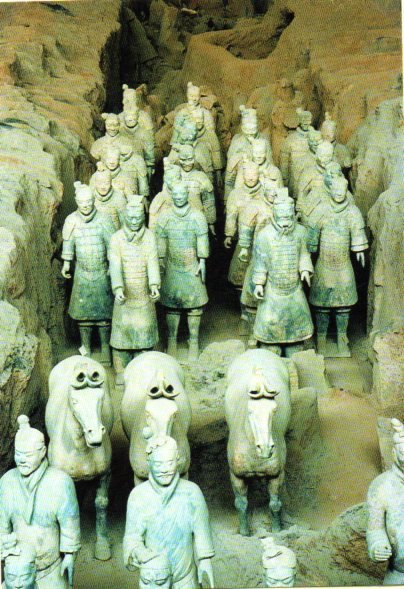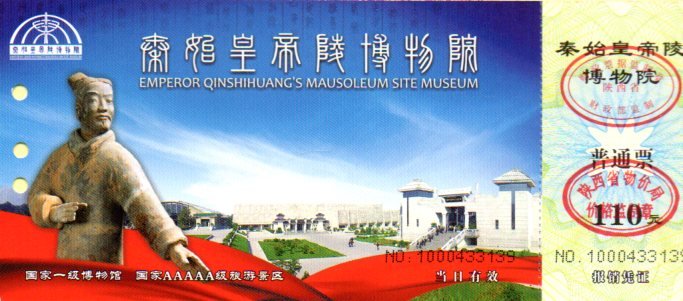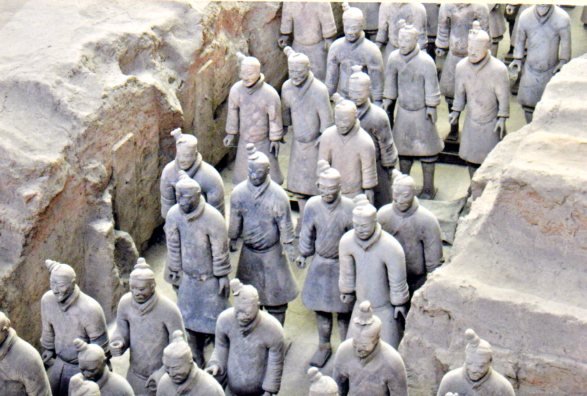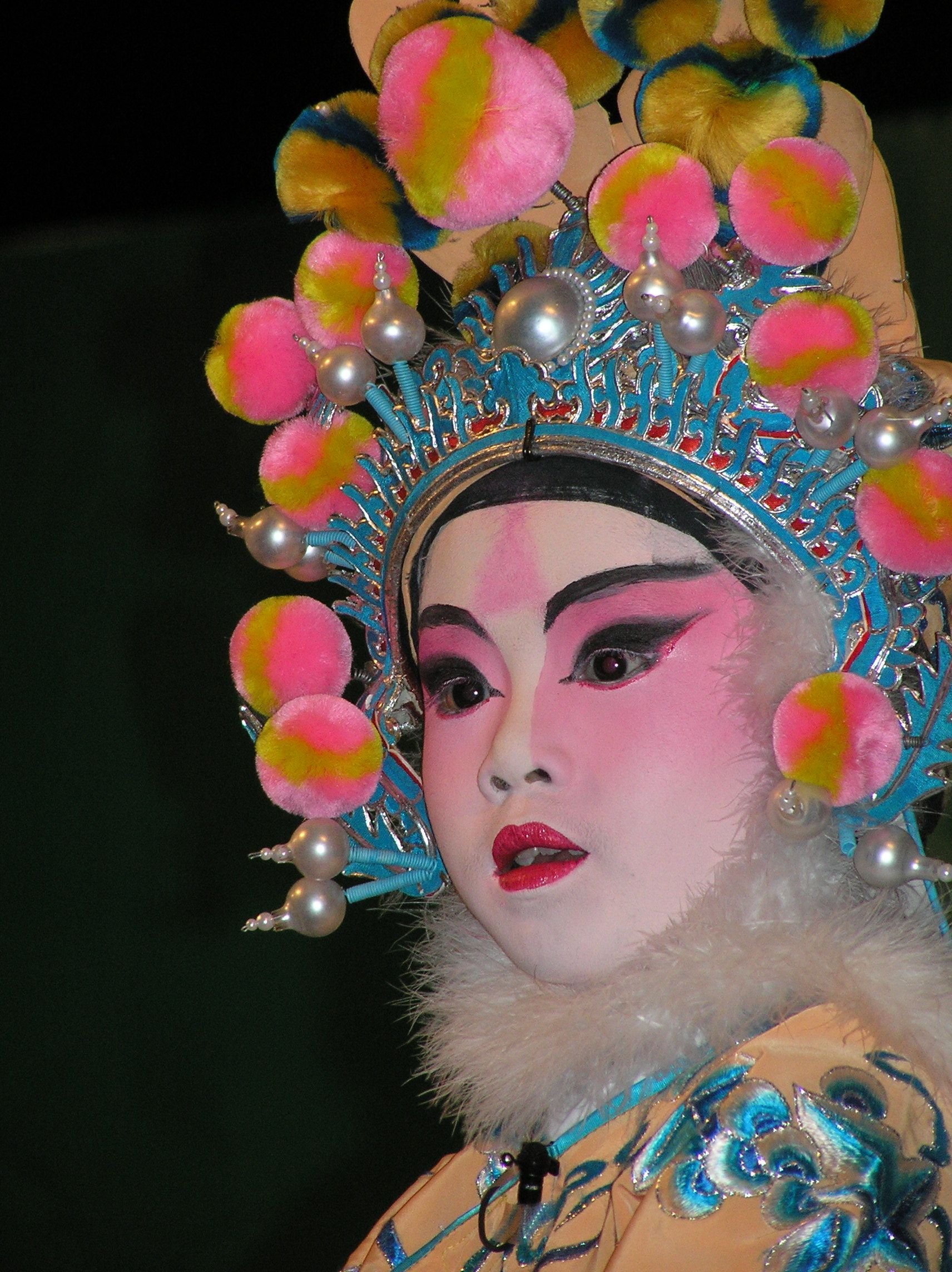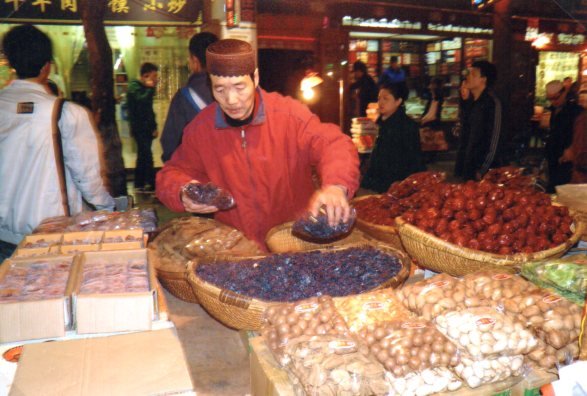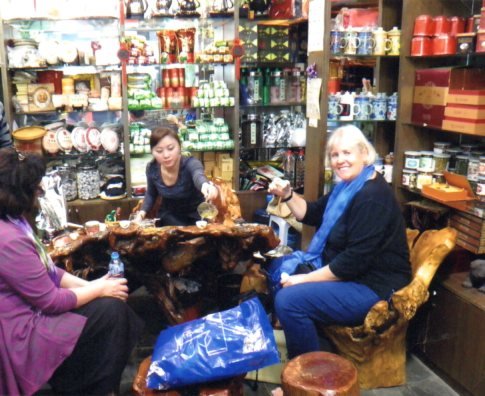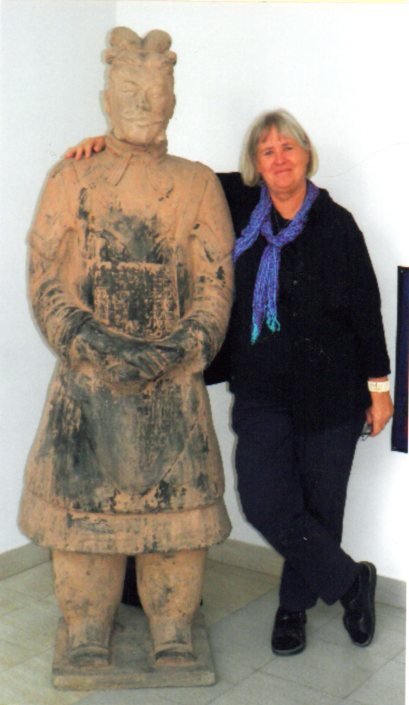While doing author presentations at an international school in Shanghai, China I have a weekend off. Rather than staying in a hotel room in the city - which is already hazy with air pollution at 6 AM - I decide to take a field trip. I booked a 2 hour domestic flight to Xi’an - the city made famous by the discovery of terracotta warriors.
I didn’t know much about Xi’an and had expected more countryside and a small town. Turns out a small town here only has 8 million people instead of 23 million like Shanghai. A teacher at school had recommended a local guide, who was waiting for me at airport. We drove for an hour from the airport to the tomb site.
Here is the field where farmers, in 1974, were digging a new well. Picture them digging in the rocky soil and hitting upon decaying beams and soil, then unearthing a ‘clay man’…. They alerted the authorities.
Turned out that the entire burial site had been covered with beams and earth, like roofs over it all to hide it. The roof beams had, at some point, burned and collapsed so most terracotta figures are broken into many pieces but are now painstakingly being glued back together. But what an impressive realization that so many skilled people lived here over 2,000 years ago.
The first emperor, who conquered seven countries to make a “united China” was a pretty ruthless guy. The only thing he was afraid of was dying, so he decided to live forever but started planning his tomb as well. One of the things he did to stay strong and healthy was to drink mercury. It was likely the very thing that killed him at age 49.
The Emperor had selected his burial site based on fengshui - good harmony and karma. Of course he knew that he would have to take everything with him to live as an emperor in the next life: tens of thousands of soldiers: footmen, archers, generals, oxen carts, horses and chariots. These were all made from terracotta, using a mold but with each one having personalized features so that not two are the same: hair styles, potbellies, a moustache here, a smile or a frown there.
And this was only the avant guard. The emperor’s tomb itself is still safely hidden under a large hill, about 6 km from the army. It is said to have a map of China as floor with rivers and lakes made from flowing mercury and a ceiling inlaid with pearls to represent the heavens. They haven’t opened this site out of fear of damaging the materials. The warriors were coloured but lost their colour within hours of being exposed to air. But their weapons were still sharp and shiny after 2,000 years underground. Amazing. The area is covered by a gigantic building resembling an airplane hangar. Besides walking and walking along the ‘pit’ with life size figures, horses and chariots, I watch archeologists at work, carefully brushing sand off fragments.
Many tourist-trap shops line the path to the entrance of the site. I had to laugh when I was told that “the original farmer” who discovered it all would be signing books in the gift shop that day.. Apparently they have a different ‘authentic’ farmer there each day…
I wondered why my guide kept telling me facts about a ‘dentist’ - until I realized he was saying ‘dynasty’. He drove me to Xi’an - another hour drive past not much more than high rises full of people. Once in a while you see a field full of debris. This is where the government has flattened old neighbourhoods and are building new apartment buildings.
Buying bread baked in barrels.
I really like Xi’an, it’s a beautiful city with ancient walls with beautiful old gates surrounding the historic city center. There are many parks. In one park I heard the terrible screeching of a Chinese opera. I have attended an Opera before here and it’s an experience… The masks, costumes and movements are gorgeous. The singing sounds more like rusty bagpipes than human voices…
A figure from a Chinese Opera.
My hotel, which I booked through the internet, turned out to be beautiful and lovely in the very heart of the city, yet dead quiet inside.
That night I walked outside and saw the lighted bell and drum towers, imposing like large temples. The streets were very very crowded with everyone parading up and down, out for an evening stroll. I crossed the busy road, underground, and came up in the Muslim Quarters - unique for China. The merchants are all Muslim, each wearing a little fez. I learned that this is “mile zero” of the Silk Road. I could have been strolling through a medieval town if it wasn’t for stalls offering little dancing dolls with electronic music, iPod holders and cell phone chargers….
The long street, lined with trees hung with lanterns, flowed like a river of people, stalls lining both sides of the road. There were no cars, just pedestrians and lots of scooters. I feasted on deep fried packages ofd dough with vegetables inside and bought some wooden toys and beaded bracelets.
In a traditional tea shop.
The stall owners offered food of all possible kinds: meat skewers, roasted walnuts, freshly squeezed sugarcane juice, unidentifiable fried things and pressed candy-like things.
There is a saying in China: ‘If you want to see China of the future, visit Shanghai. If you want to see China of today, visit Beijing. And if you want to see China of the past, visit Xi’an’. Xi’an truly does offer a unique glimpse into ancient China and I liked it better than the glitter of high rises of the other big cities I have seen. So far, Xi’an is my favourite place in China.
BOOKS about China
• To learn more about the terracotta warriors click here:
https://www.smithsonianmag.com/history/terra-cotta-soldiers-on-the-march-30942673/
• For information on visiting the Hanyangling Museum and Tomb, click here:
https://www.chinadiscovery.com/shaanxi/xian/hanyangling-museum.html
• For details on Xi’an, click here:
https://www.chinahighlights.com/xian/attraction/


